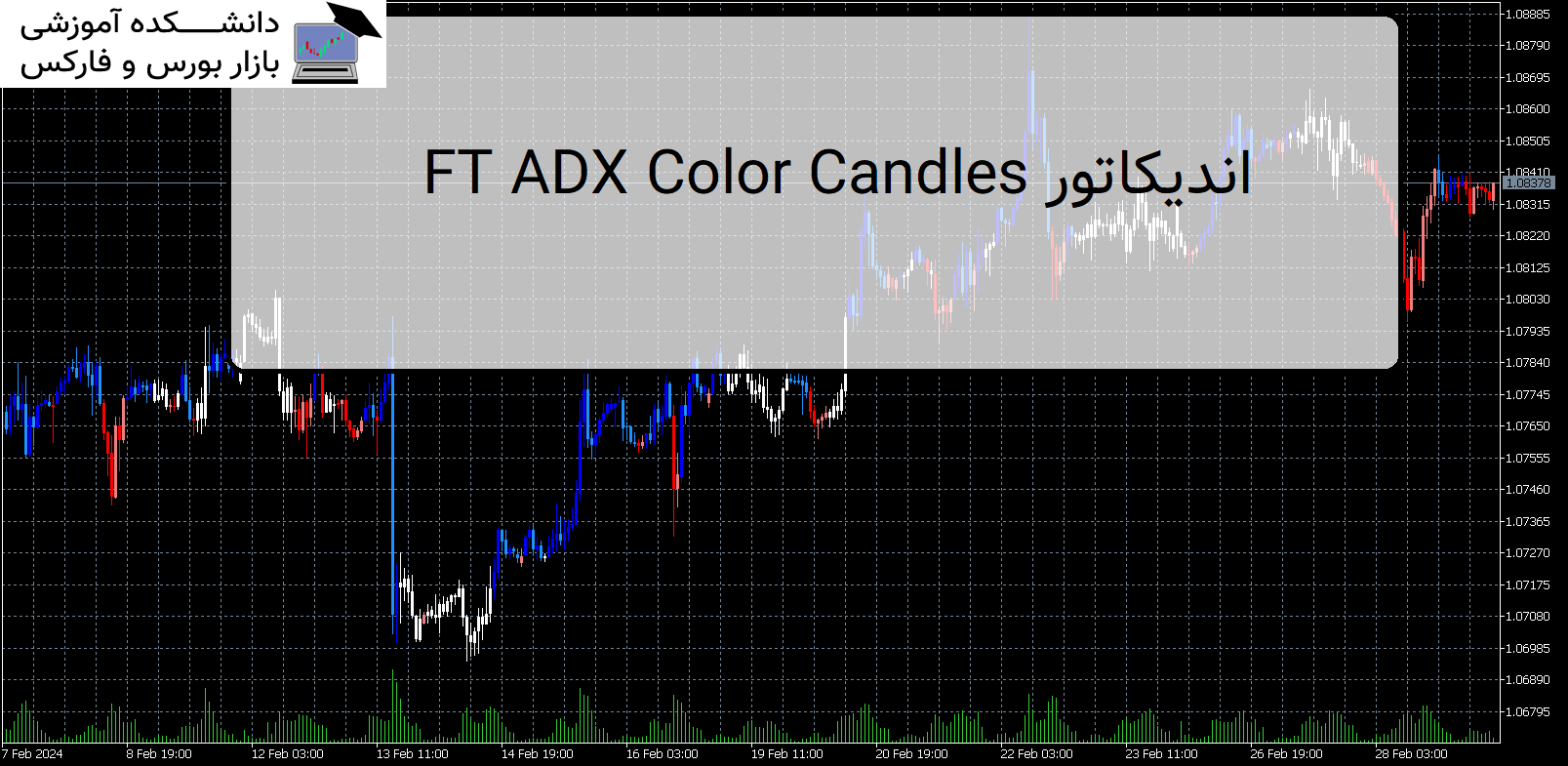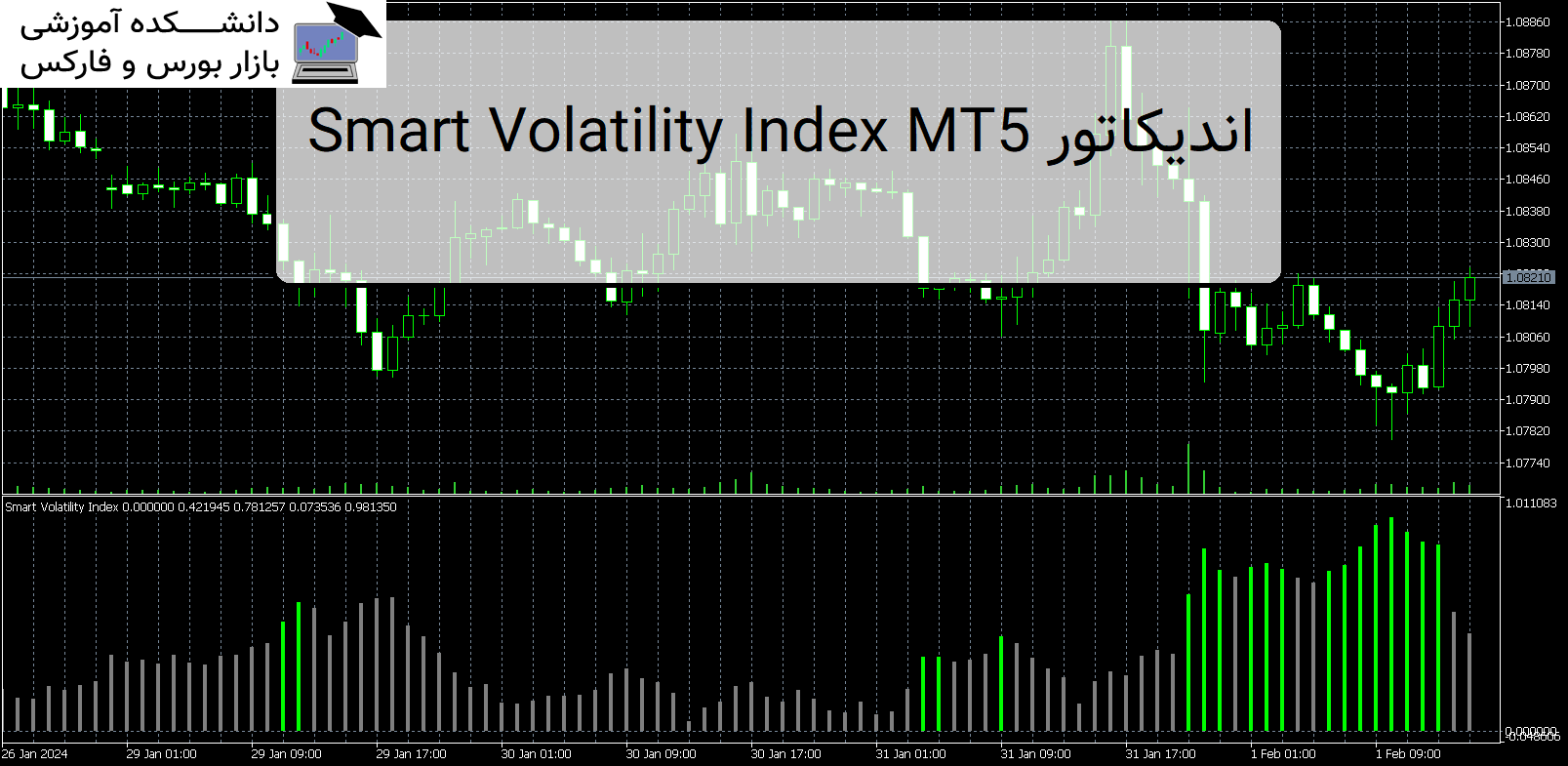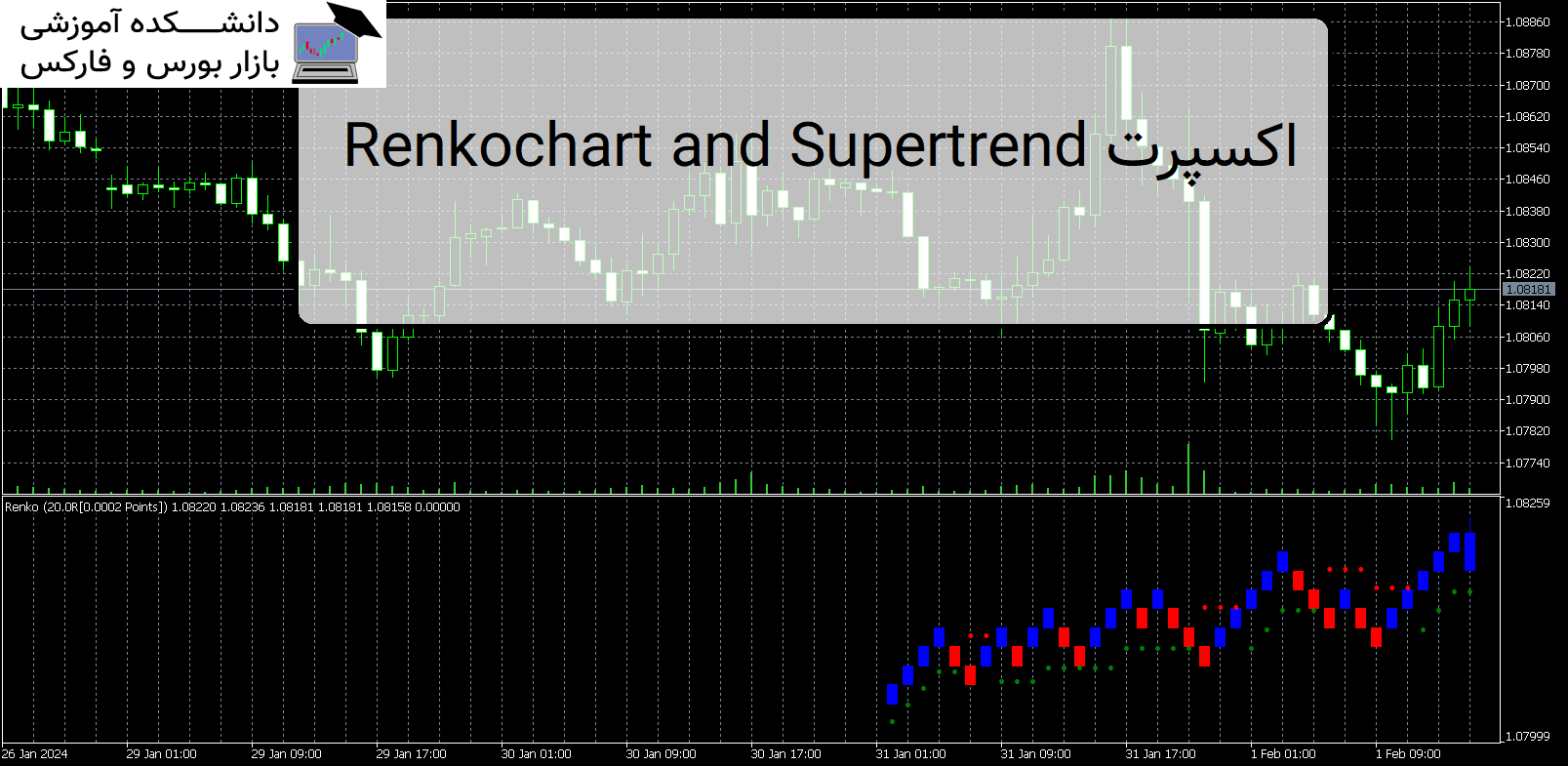Legacies of Great Economists
INTRODUCTION When it comes to economics and economic theory, a few thinkers dominate the landscape. Adam Smith, Karl Marx, Alfred Marshall, John Maynard Keynes, and a handful of others have shaped the world of economics and influenced our lives. These lectures by Professor Timothy Taylor acquaint you with the thoughts, theories, and lives of those […]


INTRODUCTION
Led by Professor Taylor, you grasp the guiding principles of economics through a better understanding of the economists who developed them.
A Firm Foundation of Core Doctrine
In this broad span of time since these thinkers first presented their ideas, economic issues and concerns have changed greatly—but core economic doctrine remains.
Of course, the foundation of that doctrine wasn't as well established or understood in the beginning as it is today.
These lectures provide a fresh take on how various economic theories were formed and how subsequent economists fine-tuned those theories.
They show that there are valuable lessons to be learned from history's great economists, whether their theories have held up over time, required revision, or been discredited in practice.
And as Professor Taylor leads you through those theories, you come away with insight about why some current disputes over economic policy have been continual sources of argument over the last several centuries.
Peer Into the Minds of Geniuses
By providing a glimpse into the minds of the geniuses who laid the foundations of modern economics, Professor Taylor offers new ideas and perspectives to enhance your understanding of the subject.
More than numbers and graphs, this series focuses on personalities and brings economics to life.
As you learn more about how these great economists formed their ideas, you gain a better grasp of the important economic principles that drive and shape our world.
What You Learn
Lecture 1 outlines the worthwhile reasons for studying past economists. Professor Taylor looks at the origins of economics from the Middle Ages up to the 17th century and focuses on the backgrounds, key figures, and impacts of the Mercantilists and the Physiocrats.
In this period prior to 1750, the beginning concepts of economics set the stage for Adam Smith.
Lecture 2 turns to a discussion of Smith and the birth of economics.
By examining Smith's building blocks for The Wealth of Nations, you begin to understand and appreciate the impact of such concepts as:
* the division of labor * trade * the "invisible hand."
But Professor Taylor also looks at Smith's shortcomings (although they were few), and you examine his views on various economic issues that are still relevant today.
The lecture concludes with a summary of Smith's extraordinary qualities and his tremendous impact on economic thought.
Meet the " Dismal Science "
Lecture 3 introduces what we know as the "dismal science" and the work of Thomas Robert Malthus and David Ricardo.
Professor Taylor leads you to an understanding of the theories of both men, including
* Malthus's ideas about overpopulation, which he predicted would lead to famine if not restrained * Ricardo's ideas about inflation and the concept of comparative advantage as it related to international trade.
You learn that although these two men often disagreed on major economic issues, they were close friends, sustaining a long and fruitful discussion of economic and intellectual topics.
Lecture 4 deals with John Stuart Mill's extraordinary upbringing and his study of utilitarianism, which laid the foundation for his future thought.
You learn how this last great economist of the Classical School developed concepts we still study today, including:
* supply and demand * economies of scale * international trade * government intervention.
Professor Taylor also discusses Mill's study of "economic man" before turning to his impact on both economics and economists.
An Evaluation of Marxist Economics
Lecture 5 looks at Karl Marx and the advent of socialism.
Professor Taylor discusses the Industrial Revolution and the utopians and scientific socialists who criticized its social consequences. He then turns to Marx's background, professional work, and thought in several areas, including:
* the capitalist law of motion relating to the bourgeoisie and the proletariat * the labor theory of value * the exploitation of workers.
He concludes with an examination of how Marxist economics have stood the test of time, arguing that while Marx was a brilliant thinker whose ideas still resonate to this day, his scientific tahlil of the economy has not held up.
Lecture 6 examines Alfred Marshall and marginalist thought.
This lecture begins with a discussion of how the marginalists revolutionized economics by using scientific concepts to better understand the concepts of supply and demand.
You also cover the key area of Marshall's background, and how it affected his economic thinking, before turning to his principles of economics.
You learn that Marshall focused on human behavior and developed a modern economic vocabulary.
Professor Taylor concludes with a look at Marshall's combination of neoclassical economics and social justice.
Lecture 7 examines the debate between the scientific socialists, led by Oskar Lange, and the Austrian school of economics, led by Ludwig von Mises and Friedrich Hayek.
Professor Taylor traces the development of both schools of thought and how they responded to each other and ends with a discussion of which side was the winner in this debate, including a surprising look at the important things they had in common.
Learn the Ideas Behind Entrepreneurialism
Lecture 8 introduces Joseph Schumpeter and the concept of entrepreneurialism.
Professor Taylor examines his ideas concerning the entrepreneur and innovation and the impact of entrepreneurship upon the business cycle before turning to Schumpeter's ideas about the viability of capitalism and socialism.
He concludes with a look at Schumpeter's legacy and its relation to both growth economics and socialism.
Lecture 9 is devoted to what Professor Taylor terms "the extremely busy life of John Maynard Keynes."
He begins with a discussion of Keynes's monumental General Theory of Employment, Interest and Money.
You learn that Keynes believed in economic progress in the long run and in the need for government to create demand to help the economy, and how Keynes altered economic thinking in several respects, including:
* the negative aspects of saving * the importance of macroeconomic tahlil * government's responsibility for the economy * the philosophy of correctable capitalism.
Lecture 10 completes the course with a discussion of Milton Friedman, his interest in statistics, and the rebirth of classical economics.
Professor Taylor looks at Friedman's work on the permanent income hypothesis and on far-sighted expectations, as well as his study on both monetary matters and history.
He concludes with a discussion of the many examples of Friedman's market-oriented thinking in everyday life, such as an all-volunteer army, flexible exchange rates, and school vouchers
306MB Audio Course
ONLY TORRENT DOWNLOAD
برچسبها :
مقالات مرتبط

MATS Market Auction Trading System
INTRODUCTION This is your opportunity to… * Gain a true understanding of how the markets work – not another indicator that`s destined to fail – so that you can trade each day with clarity and confidence. * Take advantage of numerous trading opportunities each day, with precise entry and exit rules, an 80%+ winning percentage, […]

A.C.T.I.O.N. Plan for ACTIVE TRADERS
INTRODUCTION It is impossible to make (or lose) money unless you FIRST enter the trade, which, of course, requires ACTION. It is therefore true that those traders who eventually earn the title of “market masters,” do so, in part, by mastering the art of confidently “pulling the trigger”. So, what ARE the secrets to pulling […]
آخرین مقالات

FT ADX Color Candles اندیکاتور MT5
معرفی و دانلود اندیکاتور کاربردی FT ADX Color Candles اندیکاتور کاربردی FT ADX Color Candles زمانی که نیاز دارید به طور همزمان به چندین مورد نگاه کنید، معامله می تواند بسیار خسته کننده باشد. اندیکاتور کاربردی FT ADX Color Candles قالب شمع ها، ساپورت ها، مقاومت ها، برنامه ها، اخبار و اندیکاتورها. هدف این ابزار […]

Smart Volatility Index MT5 اندیکاتور
معرفی و دانلود اندیکاتور کاربردی Smart Volatility Index MT5 Smart Volatility Index MT5 از محبوب ترین و با رتبه بندی بالای شاخص نوسانات (VIX) در بازار است. این خوانش همان چیزی است که VIX برای شاخص های سهام انجام می دهد. معرفی اندیکاتور کاربردی Smart Volatility Index MT5 با این حال، این شاخص در تمام […]

Renkochart and Supertrend اندیکاتور MT5
معرفی و دانلود اندیکاتور کاربردی Renkochart and Supertrend Renkochart and Supertrend شاخص فوق روند را در زمان واقعی نمایش می دهد. پس از نصب اندیکاتور، پنجره نمودار Renko و نشانگر supertrend را در همان پنجره نمایش می دهد. معرفی اندیکاتور کاربردی Renkochart and Supertrend این به شما این امکان را میدهد که نقاط ورودی و […]


